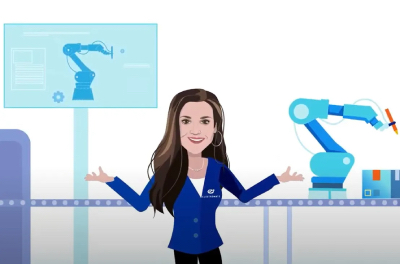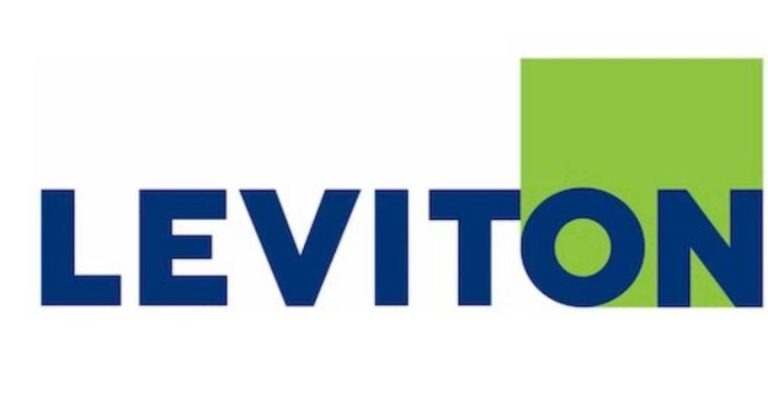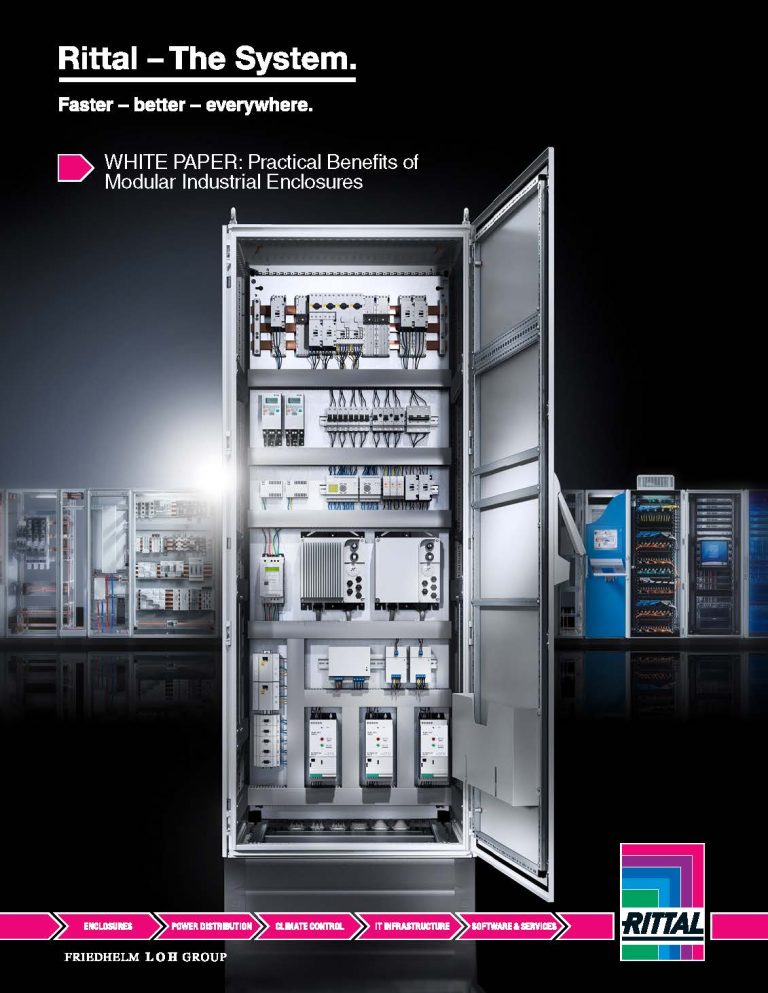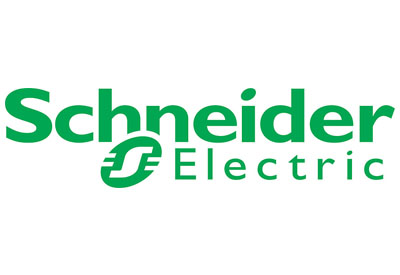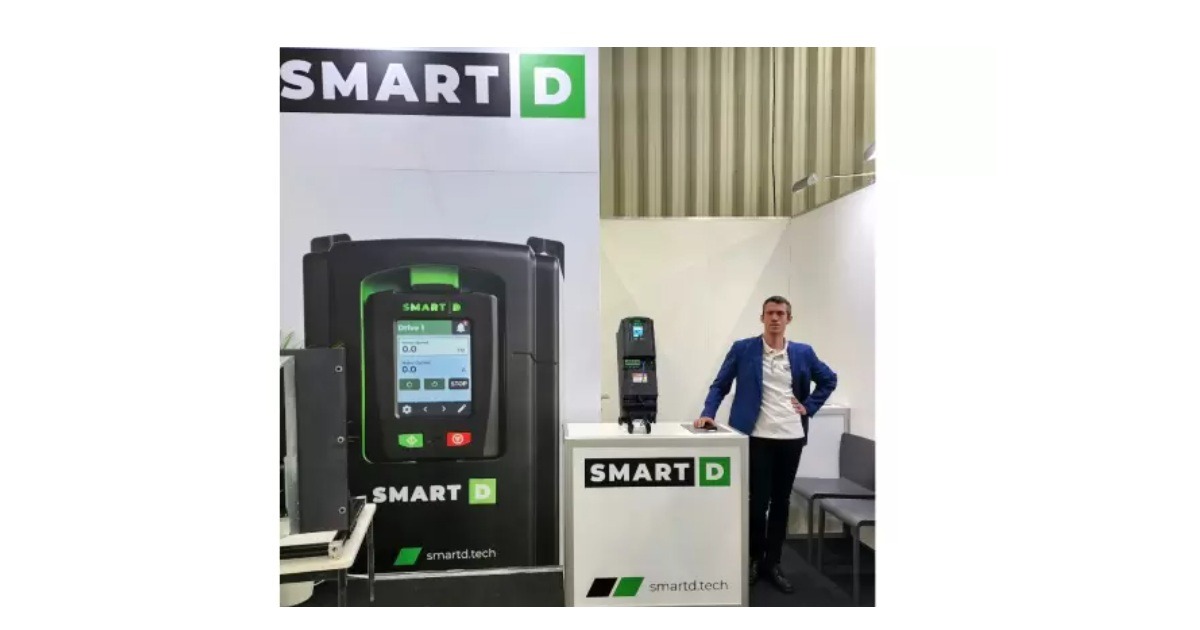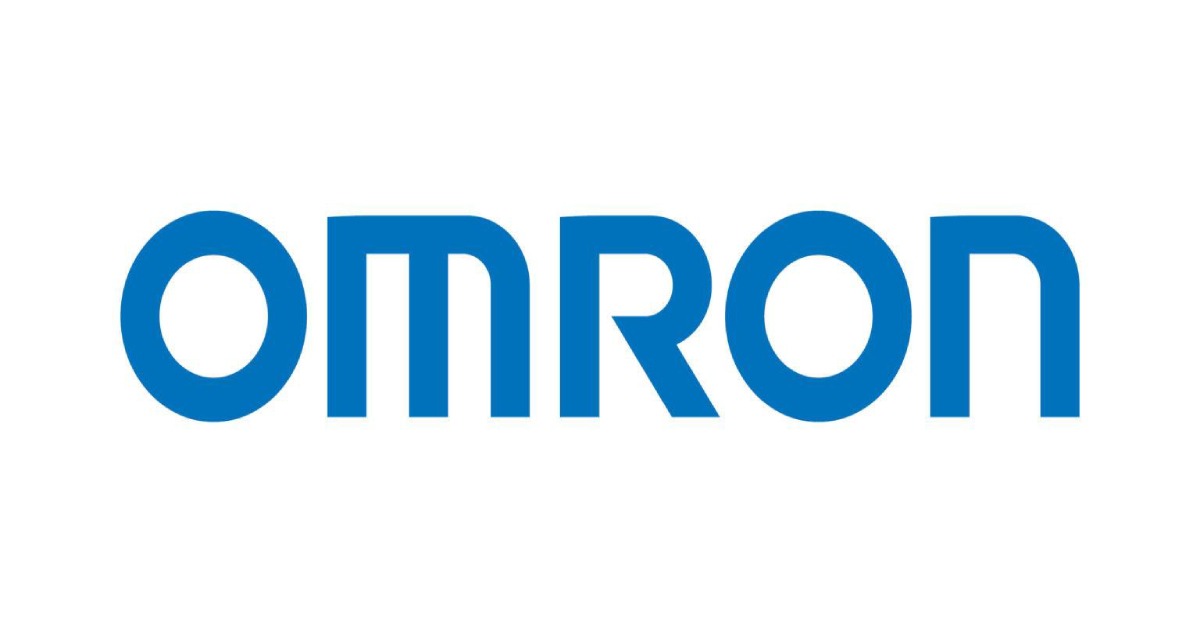Functionality and Applications of Contactors
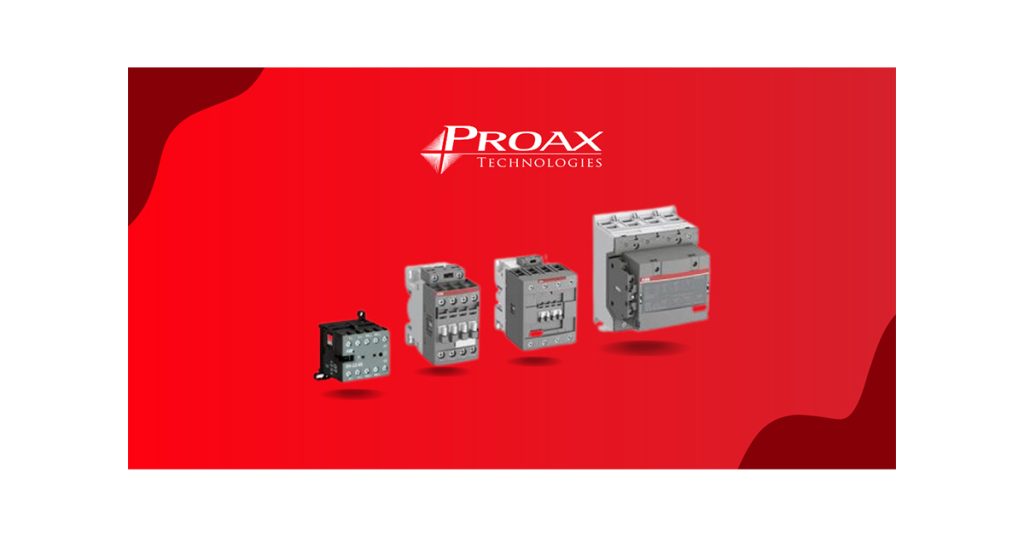
November 9, 2023
Contactors play a crucial role in electrical circuit systems, allowing for effective control and management of electrical power. This blog post delves into the basics of contactors, their applications, and how they operate in electrical circuits.
Key Takeaways
- Contactors are essential for switching electrical circuits on and off.
- They find substantial application in high-power scenarios.
- The operational principle of contactors is straightforward yet effective.
What is a Contactor?
A contactor is an electrically controlled switching device, designed for repeatedly opening and closing circuits. They are predominantly used in high current-carrying applications, distinguishing them from standard relays that function similarly but in low current scenarios.

Applications of Contactors
Contactors find their usage in a myriad of situations where there’s a need to switch power to a circuit repetitively. From electric motor starters to high-powered lighting control systems, contactors are the go-to choice for managing higher power applications efficiently.
- Switching power in industrial equipment
- Electric motor starters
- High-powered lighting control systems
- Heating systems
- Automation systems
- Electrical distribution systems
- Emergency power systems
- Air conditioning units
- Pump and compressor control
- Conveyor systems
How Contactors Work
The operation of contactors revolves around three core components: the coil, contacts, and the device enclosure.
- Activation: When activated, electrical current flows through the coil, creating a magnetic field.
- Magnetic Attraction: The magnetic field attracts the armature, moving it towards the contacts.
- Contact Closure: The movement of the armature causes the contacts to close, completing the circuit.
- Power Flow: With the contacts closed, power flows through the circuit to the load.
- Deactivation: Upon deactivation, the current through the coil ceases, dissipating the magnetic field.
- Return Spring: A return spring moves the armature back to its original position, opening the contacts and interrupting the circuit.
- Power Interruption: With the contacts open, power to the load is interrupted, awaiting the next activation cycle.

The Difference Between Contactors and Relays
Understanding the differences between contactors and relays is crucial as it aids in selecting the appropriate device for specific electrical applications. The table below provides a concise comparison to grasp the fundamental distinctions between these two devices.
| Aspect | Contactors | Relays |
|---|---|---|
| Load Capacity | High (above 15A) | Low (5A-15A) |
| Contact Standards | Normally Open (NO) | Both NO and NC |
| Protections | Many (e.g., overload protection) | Fewer |
| Size | Larger | Smaller |
| Cost | Higher | Lower |
| Power Consumption | More | Less |
| Switching Speed | Slower | Faster |
Contactors Types and Ratings
Magnetic Contactors
Magnetic contactors, thriving on electromagnetism, epitomize efficiency and reliability by eliminating the need for direct intervention. Their prowess lies in remote operation and minimal power requirement for switching, making them a prevalent choice in modern electrical setups.
Unveiling Ratings: Switch & Coil
Contactor ratings, encapsulating maximum voltage and current, are pivotal for ensuring compatibility with the designated circuit or motor. Though touted as 230V, 240V, or 1000V DC contactors, a deeper dive into specifications reveals critical details like coil voltage, contact current and voltage ratings, terminal type, and auxiliary contact count. These factors, coupled with the inherent heat generation in contactors, dictate the selection process.
Contactors’ electrical ratings often swing between resistive and inductive, aligning with their application—be it lighting control or motor operation. Interestingly, the coil and load voltages can differ, further widening the spectrum of contactor usability.
Which Contactor Brand Does Proax Recommend?
Proax, being an authorized distributor of ABB, highly recommends ABB’s AF09 contactors for managing power circuits up to 690 V AC and 220 V DC, primarily in 3-phase motor controls and non-inductive or slightly inductive loads. With a wide control voltage range, in-built surge protection, and a block type design featuring 3 main poles and various auxiliary contact configurations, these contactors are designed for global usage without the need for coil changes. Their versatility makes them a reliable choice for different control voltage systems worldwide.
Contactors You May be Interested in
| Part Number | Description |
|---|---|
| AF16Z-30-10-23 | 3 pole – 690 V IEC or 600 UL contactor, 1 auxiliary contact, controls motors up to 7.5 kW / 400 V AC (AC-3) or 10 hp / 480 V UL, switches power circuits up to 30 A (AC-1) or 30 A UL general use, wide control voltage range (100-250 V 50/60 Hz and DC). |
| AF52-30-00-11 | 3 pole – 690 V IEC or 600 UL contactor, controls motors up to 22 kW / 400 V AC (AC-3) or 40 hp / 480 V UL, switches power circuits up to 100 A (AC-1) or 80 A UL general use, wide control voltage range (24-60 V 50/60 Hz and 20-60 V DC). |
| AF16-30-10-13 | 3 pole – 690 V IEC or 600 UL contactor, 1 auxiliary contact, controls motors up to 7.5 kW / 400 V AC (AC-3) or 10 hp / 480 V UL, switches power circuits up to 30 A (AC-1) or 30 A UL general use, wide control voltage range (100-250 V 50/60 Hz and DC). |
| AF26Z-40-00-23 | 4 pole – 690 V IEC or 600 UL contactor, controls motors up to 11 kW / 400 V AC (AC-3), switches power circuits up to 45 A (AC-1) or 45 A UL general use, wide control voltage range (100-250 V 50/60 Hz and DC). |
| AF16Z-40-00-23 | 4 pole – 690 V IEC or 600 UL contactor, controls motors up to 7.5 kW / 400 V AC (AC-3), switches power circuits up to 30 A (AC-1) or 30 A UL general use, wide control voltage range (100-250 V 50/60 Hz and DC). |
| AF09Z-30-10-21 | 3 pole – 690 V IEC or 600 UL contactor, 1 auxiliary contact, controls motors up to 4 kW / 400 V AC (AC-3) or 5 hp / 480 V UL, switches power circuits up to 25 A (AC-1) or 25 A UL general use, wide control voltage range (24-60 V 50/60 Hz and 20-60 V DC). |
| AF09-30-10K-11 | 3 pole – 690 V IEC or 600 UL contactor, 1 auxiliary contact, controls motors up to 4 kW / 400 V AC (AC-3) or 5 hp / 480 V UL, switches power circuits up to 25 A (AC-1) or 25 A UL general use, wide control voltage range (24-60 V 50/60 Hz and 20-60 V DC). |
| AF09Z-30-10-23 | 3 pole – 690 V IEC or 600 UL contactor, 1 auxiliary contact, controls motors up to 4 kW / 400 V AC (AC-3) or 5 hp / 480 V UL, switches power circuits up to 25 A (AC-1) or 25 A UL general use, wide control voltage range (100-250 V 50/60 Hz and DC). |
| AFS09-30-22-11 | 3 pole – 690 V IEC or 600 V UL contactor, fixed 2 N.O + 2 N.C. front mounted auxiliary contacts, controls motors up to 4 kW / 400 V AC (AC-3) or 5 hp / 480 V UL, switches power circuits up to 25 A (AC-1) or 25 A UL general use, wide control voltage range (24 … 60 V). |
| AF12-30-10-13 | 3 pole – 690 V IEC or 600 UL contactor, 1 auxiliary contact, controls motors up to 5.5 kW / 400 V AC (AC-3) or 7-1/2 hp / 480 V UL, switches power circuits up to 28 A (AC-1) or 28 A UL general use, wide control voltage range (100-250 V 50/60 Hz and DC). |
Conclusion
Contactors are crucial for managing motor and power circuits, with brands like ABB offering a robust range. The variety discussed showcases the versatility in control and protection they offer. For personalized guidance on selecting the right contactor, Proax’s in-house engineering team is at your service to cater to your specific needs.

